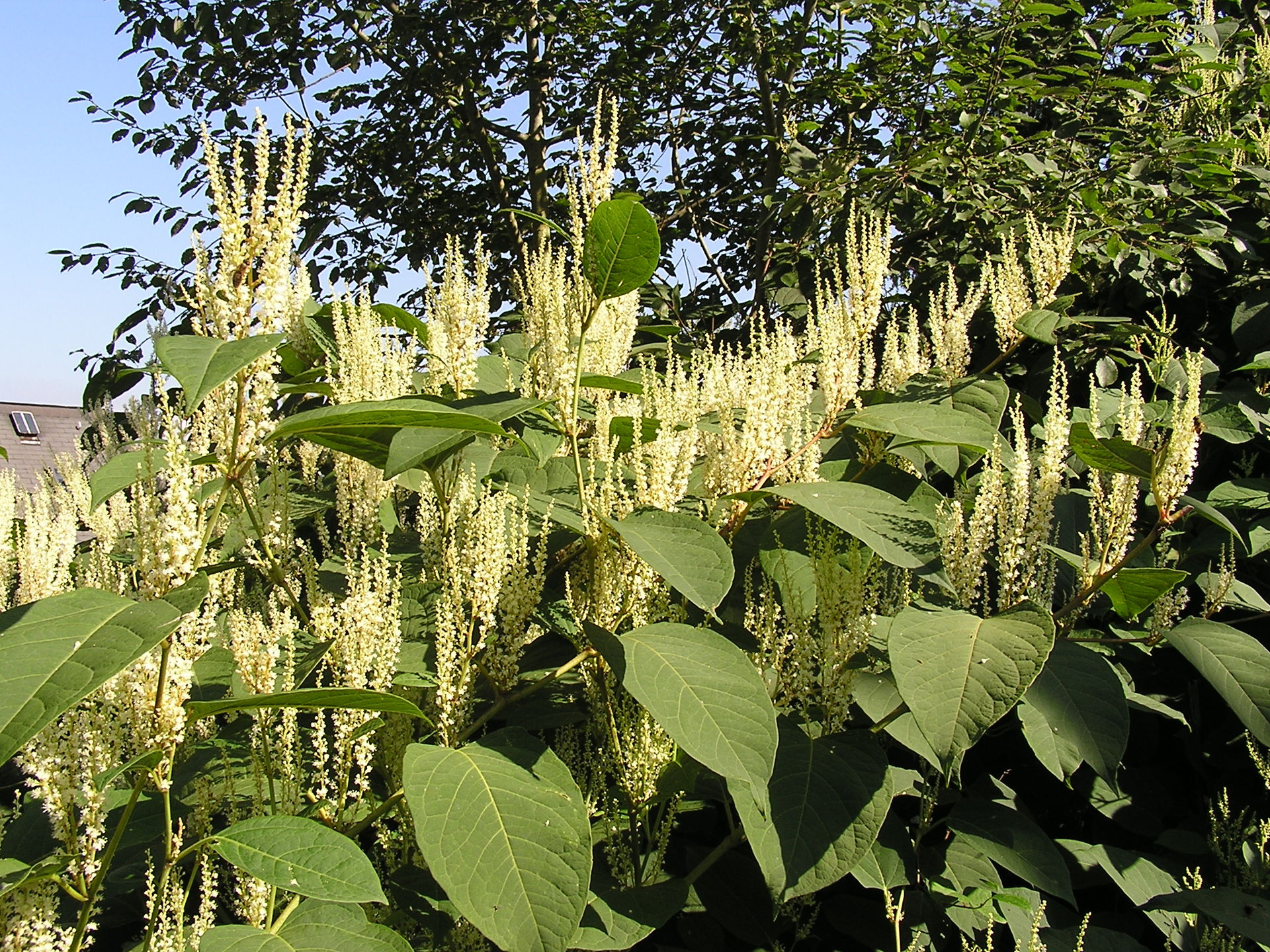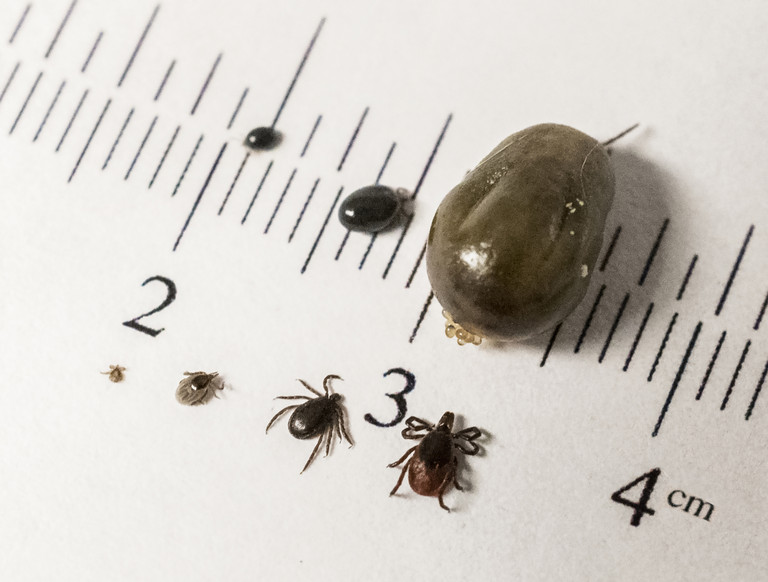
Tick Talk
Enjoying New York State’s natural beauty comes with a risk of tick encounters. Middle Way School students spend ample time outdoors where ticks thrive. We have solicited different perspectives on tick prevention, disease detection and treatment, and other related issues from friends of the school so that caregivers can choose what’s best for their families. It is our hope that with knowledge, and a rich community of experienced practitioners to draw from, families and their children will continue to hold sacred the joyous process of developing a deep bond with the natural world.
Eli Morales: Naturopath
Eli Morales is a naturopathic doctor at Blue Stone Natural Health in Kingston, NY. He is also the husband of Rachel Brown and dad to Amara.
William Wheeler Murray
William Wheeler Murray is a Village Trustee in New Paltz and a Lyme and Tick Borne Disease prevention and treatment advocate. He is also the husband of June. He has done extensive research on Lyme after his diagnosis and subsequent treatment.
Audrey Gilbert: Herbalist
More
Coming soon…

The Buddhist Approach: Ahimsa
“In this world, nothing is as dear to someone as his or her own life, so there is no greater crime than taking life away, and no conditioned virtue brings greater merit than the act of saving beings and ransoming their lives. Therefore, exert yourself in this, the most supreme of paths.” — HH Chatral Rinpoche.
Intentionally taking lives, yes, even the lives of ticks, is considered a negative action in the Buddhist world. We at MWS take it very seriously. We understand that decisions must be made in order to protect the children. We are committed to the practice of ahimsa (respect for all living things and avoidance of violence toward others) and also to the remedy of saving lives. For any life we take intentionally or otherwise, we will strive to save another life through contributions to animal sanctuaries, feeding the homeless, releasing bait and other actions.

Eli Morales: Naturopath
- Educate yourself about ticks. A lot of fear about ticks and lyme disease is unfounded and easily abated with some thorough education. This site is a favorite of mine. It highlights the seasons when we can expect the most tick activity and how to identify the ticks that are the biggest carriers of Lyme. Not all ticks carry lyme disease! www.tickencounter.org
- If you find a tick on you. Remove it safely. Lots of info on the internet about how to do this best. The most important next step is to save it in a plastic bag with the date. If you develop symptoms it can be sent in for testing to see which diseases it may be carrying. Ticks can carry a few different types of bacteria and viruses. When infected, a person can develop symptoms that all look the same. Knowing which diseases you may have been exposed to can help any practitioner better design treatment protocols. I like this company out of Massachusetts for tick testing: www.tickreport.com
- The best tick repellents are made of neurotoxic chemicals, such as permethrin. I prefer to keep this away from little ones and people that don’t go out into deep brush often. For playing around the yard and at school I spray Cedarcide on my own daughter, with a focus on the shoes, cuffs, and neck area. Cedarcide is non-toxic and can be sprayed on lawns and pets.
- Around my own home I contract with ABC Pest Control to spray an essential oil blend. It has kept our tick numbers down. I am impressed with the service. There are other sprays out there but an essential oil spray seems to do just as well.
- If you do contract acute lyme disease, then a short course of antibiotics can usually (80% of the time) cure it. However, there are times when the body is not able to clear the infection with the help of the antibiotics. An herbal protocol during antibiotic treatment or after can often support the body to clear the infection on its own. There are many do-it yourself herbal protocols. While they can be helpful it is important to consult with a Lyme literate practitioner to guide you through the common roadblocks that can arise during treatment.
- Testing: There is no perfect test for Lyme disease. The standard tests for Lyme, ELISA followed by a western blot, are notably poor tests. In fact, I would just ask for a western blot if one were going to be tested. The ELISA is a terrible test that leads to frequent false negatives. If you get a negative on either but do have symptoms I would ignore the tests and seek further evaluation from a practitioner familiar with Lyme disease.
William Wheeler Murray

New York State is at the epicenter of Lyme Disease and a variety of tick borne diseases (TBD) which is spread by ticks who feed on deer, mice and other small mammals. In their nymph stage, deer ticks are shockingly tiny, though not invisible—if you are looking for them. They are about the size of a period mark in an email. Bites can be prevented by using a repellent effective against ticks. Though most mosquito products contain DEET and are good at preventing mosquito bites, they are not entirely effective at repelling ticks. Please read the this study undertaken by Consumer Reports:
For clothing only: permethrin sprays are good for treating clothing and last even after several washings. We use Sawyer products available at Dick’s Sporting Goods and on Amazon. You treat the clothing with a good soaking and let fully air dry prior to wearing. It is a plant based spray and is considered a natural repellent, but again, only for clothing. You can purchase pretreated clothing and blankets that are reportedly good at repelling. Insect Shield is one such brand.
If outdoors, in any grassy area, checking to see if a tick has hitched a ride on you is a good idea. That includes playing fields, grassy walkways, brush or bushes along sidewalks you might rub against, shady, damp and leafy areas are particularly attractive to ticks. If you sat down in the grass most anywhere, check yourself. Look everywhere – it’s no time to be shy. If you can’t see the back of your legs or anywhere else, have someone look for you. Check frequently when outdoors as Lyme and other tick borne infections can be transmitted faster than the commonly held belief of 24 – 48 hours, now known to be transmitted in as little as six hours.
If you find a tick, it must be removed completely with fine point tweezers with a steady, straight out pulling action (there’s plenty of how-to advice on the web). Do not use anything to dislodge it (like alcohol or a hot match stick) as the tick may regurgitate its bacteria into you. If in doubt, go to a doctor’s office or walk in health care facility but make certain they know the proper procedures.
Once you have a tick removed, save it! This is key. [See instructions below] This is the smoking gun. Identification of whether or not it is a deer tick can be done by local health departments. They can possibly also tell you whether the tick is engorged or not and give a very rough estimate of how long the tick has been feeding. Save it in a ziplock bag or small, fully sealed container with a small piece of moist paper towel to keep it fresh.
Most health departments will not test a tick, that has to be done be a specialized lab. A lab can test the tick for Lyme as well as for other diseases ticks carry. We recommend IGenex in California and is considered the top lab by Lyme professionals. But ultimately, seek qualified medical help and advice from a doctor very familiar with the most up-to-date procedures and protocols.
There are Lyme specialists called LLMDs (Lyme Literate Medical Doctors) who are well versed in treatment options not commonly known by most physicians. Please keep in mind, there’s no such thing anymore as a simple tick bite. In some areas of NY state, including our own, 40% of adult ticks now carry some form of disease.
An excellent source of additional information iswww.ilads.org, the web site of the International Lyme & Associated Diseases Society. You will find plenty of information on prevention (such as tucking in your long pants into your socks while wearing light colored clothing to better spot the ticks) and treatment for not only Lyme, but also other tick-borne diseases, as well as information about The Lyme and Tick-Borne Disease Prevention, Education and Research Act of 2015.
A Western Blot test is a common method of detecting Lyme, but is faulty if your immune system isn’t strong enough to produce the antibodies necessary for measurement. IGenex is the best testing procedure for humans as well but not covered by insurance. I highly recommend it and N.Y. State recently approved that labs in the state can draw blood for testing when previously you had to travel out of state.
Treatment needs to be begin immediately once the tick has been identified and tested as positive. Persons bitten should be tested approximately 10 – 14 days after infection preferably via the IGenex protocol. There are many misconceptions and disagreements about what antibiotics should be used, when, and for what duration. Presently Lyme specialists are advocating for a minimum of 30 days up to 60 days if caught and diagnosed immediately. Advance stages of the disease are treated for much longer periods using a wide variety of medications, supplements, etc. The CDC is a flawed resource for information on tick borne diseases. The most alarming tick borne disease is Powassan virus which can be transmitted by an infected tick in just a few minutes and can be fatal. Dutchess county reported an incident last year. And here’s a Consumer Reports story recently published worth a read.
Enjoy the outdoors but vigilantly watch for ticks and you’ll have a happy, healthy time!
Audrey Gilbert

As an herbalist, I have been training myself to look at the world as a healer would. From this perspective, I see there is deeper ecological relevance to everything in that seems scary or wrong in the world. When things get out of balance, nature responds with her own checks and balances. I’m constantly in awe of the way nature offers medicine to ease all our aches and woes – under our very noses!
Think about this: the regions in North America that have the biggest problems with ticks and tickborn illnesses also happen to be the regions in which Japanese Knotweed grows in overabundance. Why is this interesting? Well, because knotweed is one of our go-to plants for Lyme disease treatment. We see this so often that where there is disease, so often there is also the cure, growing somewhere within reach.
For me, dealing with Lyme disease was an initiation into plant medicines as well as other healing arts. Chronic and acute illnesses can be such a drag, but they can also be a call to tune in, or tune out, to slow down and listen within. To take more care. I have to have compassion for the scary little buggers that have helped teach me these hard lessons. ❤️ 🕷❤️
Audrey is a community herbalist, counselor and hypnotherapist. She teaches workshops and does individual counseling and herbal consultations through her private practice in Saugerties NY.
Www.audreygilbert.com
Instagram @hypnoherbalist
What is a Tick?
Almost all ticks belong to one of two major families, the Ixodidae or hard ticks, and the Argasidae or soft ticks. Adults have ovoid or pear-shaped bodies which become engorged with blood when they feed, and eight legs. As well as having a hard shield on their dorsal surfaces, hard ticks have a beak-like structure at the front containing the mouthparts whereas soft ticks have their mouthparts on the underside of the body. Both families locate a potential host by odor or from changes in the environment.
Ticks have four stages to their lifecycle, namely egg, larva, nymph, and adult. Ixodid ticks have three hosts, taking at least a year to complete their lifecycle. Argasid ticks have up to seven nymphal stages (instars), each one requiring a blood meal. Because of their habit of ingesting blood, ticks are vectors of at least twelve diseases that affect humans and other animals.
How to Remove a Tick
One thing everyone agrees on
- Use fine-tipped tweezers to grasp the tick as close to the skin’s surface as possible.
- Pull upward with steady, even pressure. Don’t twist or jerk the tick; this can cause the mouth-parts to break off and remain in the skin. If this happens, remove the mouth-parts with tweezers. If you are unable to remove the mouth easily with clean tweezers, leave it alone and let the skin heal.
- After removing the tick, thoroughly clean the bite area and your hands with rubbing alcohol or soap and water.
- Never crush a tick with your fingers.


0 Comments